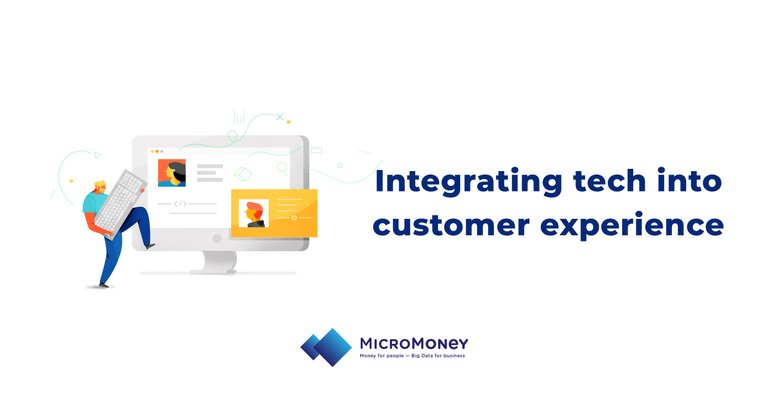Anton Dziatkovskii, Founder of MicroMoney, talks about the Future of Customer Service Technology.

The ongoing changes in the tech area and the emergence of new technologies have created new challenges for the business world. Such ‘smart capabilities’ are impacting customer service and improving such areas as delivery, communication, and service itself. Integrating technologies into customer service and embracing top trends in technology can lead to long-term customer loyalty. FinTech companies and banks are also adopting technological advances to improve their customers’ interactions.
One of these innovations is well-known - big data, which has an enormous impact on customer experience. Companies collect data about the customer and, based on this data, use this to offer recommendations of its services. Growing integration of the tech sphere into customer service leads to better communication with customers, increased customer engagement, and improved business growth. Data can help an organization do many things, such as understand its customers and analyze their behavior.
‘Data is the new black’ for businesses, but what about other technology tools?
Customer service is actually a communication between the business and the customer. In recent years with the appearance of virtual reality (VR) and augmented reality (AR), this communication has become really memorable for customers. The world is just starting to get into these tech innovations. For example, VR and AR have the capacity to significantly change customer service in the retail sector.
AR is a new term in the technology industry. We’ve heard about it a long time ago, but only now at last we got access to AR technology. AR means that with a help of complicated algorithms, information can be transformed into both animated and static pictures, and then, visualized in reality. AR apps on smartphones have become popular recently, such as Pokemon Go or Snapchat.
But AR not only entertains us or increases sales - it can change the way we interact with our customers, as well as bring real value. Imagine, most of the things you want to buy you can try on. AR technology has spread to various industries, including the beauty and retail industries which are implementing AR to help sell their products. Brands which have already used the AR approach include Burberry, Rimmel and Gap. If you are wanting to buy a new lipstick, AR can help narrow down your choice by allowing you to try on different colors before you buy. The fashion industry is eagerly adopting AR which could soon become a common tool for customer experience, allowing customers to try on products online.
Virtual reality is another emerging technology helping to improve customer service - more commonly being used in travel or real estate sectors. Imagine, you are going to book a hotel somewhere in Cancun, and thanks to VR, you can actually see it from the inside. I believe that VR will help to improve customer service exponentially.
Both AR and VR are beneficial for customers and businesses. Customers can choose exactly what they wish, and businesses are able to reduce their risks from needing to provide refunds or responding to complaints, and, consequently will improve their customer service.
Other trends in customer support are chatbots and the Internet of Things (IoT). Chatbots can replace customer service agents, while IoT devices play a role of your personal assistant.
All these technologies are effectively integrated into the customer service of many sectors, with the FinTech industry no exception. Especially big data and AI play an essential role in the financial domain. Banks are already using chatbots, big data, and AI to interact with customers. Metro banks in the UK rely on new cloud platforms. FinTech companies are actually based on big data and AI. MicroMoney uses these technologies to collect necessary information about customers to offer them more suitable services. We want to know our client before we make an offer.